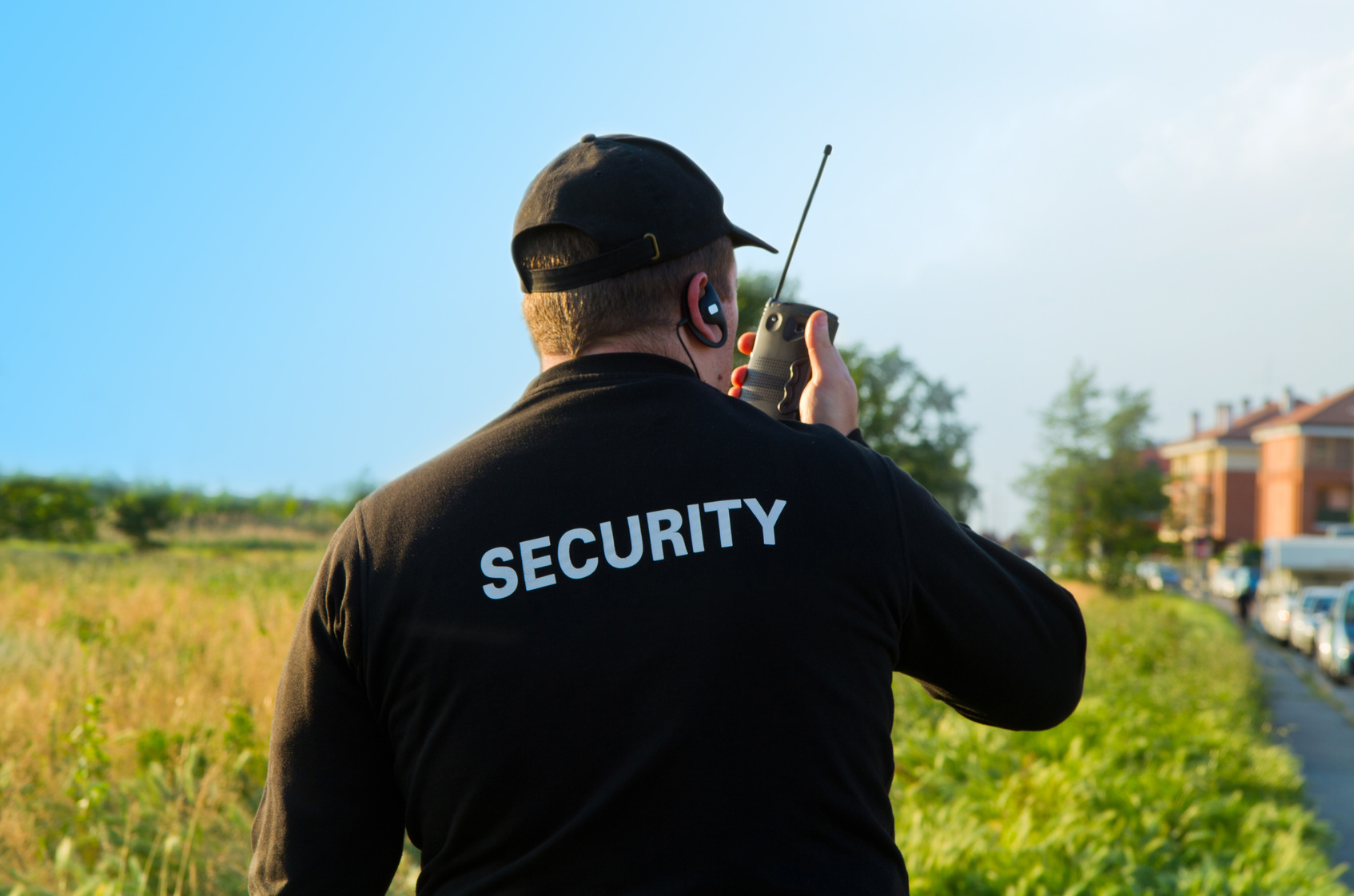
11 Mar How a Trained Security Officer Diffuse Threats
Security officers have their work cut out for them whenever they witness threats or tense situations brewing with violence. Everyone looks up to security officers to defuse the threat and take control of the situation. Here are some steps trained security officers take to defuse threats and regain peace:
Steps Security Officers Take to defuse Threats
Assess and Diagnose the Threat
A trained security officer starts the resolution process by identifying the nature of the threat. This is where an officer’s awareness training comes in handy. Trained security officers know to keep an eye out for cues of aggression and unrest to reach an accurate evaluation of tense situations. Some of these cues are:
- Clenched fists
- Verbal Threats
- Reddened face
- Raised Voices
- Angry facial expressions
- Stiffening Shoulders
A careful assessment helps understand the motivation behind threats and determine the best intervention strategy.
Constant awareness of the body language and demeanor of the individuals around and the atmosphere of the environment helps security officers stay ahead of threats. By staying alert and paying attention to these signs, they can spot conflict from afar. And nip threats in the bud before it gains ground.
Take Charge and Assume Authority
Tense situations quickly escalate when there is no clear-cut leader to handle the situation. Security officers set the tone for conflict resolution and threat diffusion by intervening confidently and addressing the involved parties confidently and directly.
They can take charge of threatening situations by making their role clear and letting everyone know they are there to help.
With clearly communicated instructions and warnings, a calm disposition boosts people’s confidence in officers and leaves them to manage the situation. Labeling the threat has been found out to ease tension in hostile situations. Officers take advantage of this by calling out the nature of the threat, and this simultaneously boosts people’s confidence in their authority.
Manage and Restrain Aggressive Perpetrators
Sometimes, the threat is out of hand before an officer can step in, and the only way to prevent the threat from spiraling is to effect some constraints.
Trained security officers start by creating distance between the aggrieved parties when situations start to get violent. This will give the individuals room to relax, gain control over their emotions, and comfort themselves. This calms the air and makes it possible to communicate effectively towards a resolution.
The situation can be more aggressive, requiring a stricter show of force from security personnel, including physical aggression strategies and restraint handling. This can be when a party refuses to back down or when there are weapons involved.
Employ Empathy
Expressing understanding of the grievances of the involved parties eases tension and stops the progression of the conflict.
Security officers are trained to employ active listening techniques that help each aggrieved party express their outrage or displeasure. Most individuals start to calm down when they can tell their side of the story and know they are being listened to without bias.
Empathetic listening also helps officers build trust with hostile parties that facilitate eventual resolution.
Officers can ask questions to uncover further the motivations behind the grievance and each party’s idea of a fair resolution. Offering suggestions lead the way to reaching a common ground between the parties involved.
Map Out a Resolution
The next step after preventing an escalation of the threat is to resolve it. Regardless of the cause of the threat, trained security officers have to find a solution that appeals to both parties to restore peace — and prevent a repeat of the situation.
After getting the necessary information from the parties, officers can offer suggestions to come to a solution that is acceptable to both parties. When this is not possible, they might settle for what is fair to reach a compromise.
The officers might have to remove violent aggressors from the premises or involve public security officers like the police.
Conclusion
It is best for all parties involved when disagreements can be managed before it starts. But it is equally vital that security officers can also handle escalating instances. Effective training equips security officers with the skills necessary to handle different situations and threats.





Sorry, the comment form is closed at this time.